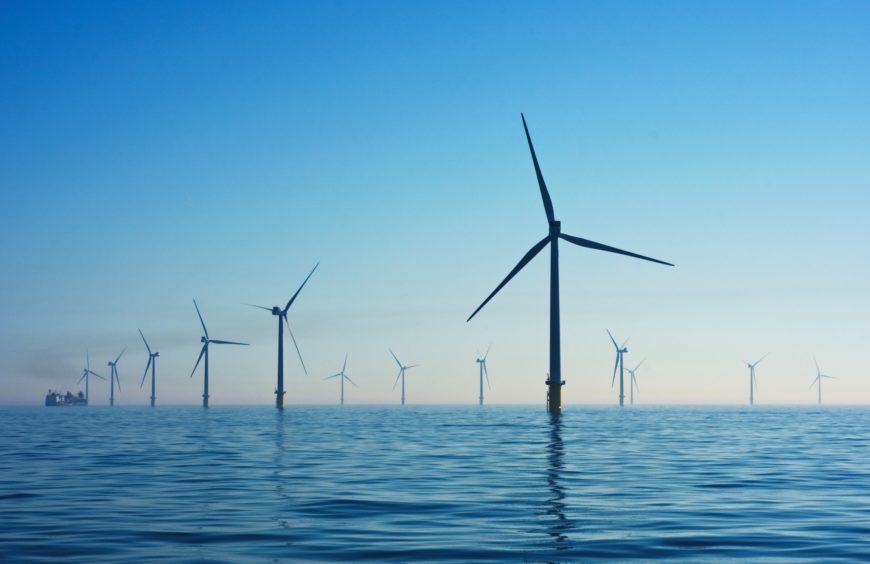
The European Union wants a massive increase in offshore wind to help clean up the electricity industry and aid the recovery after the pandemic.
To meet its mid-century goal of becoming the world’s first climate-neutral continent, the region needs to boost offshore wind capacity to 300 gigawatts by 2050 from just 12 gigawatts now, according to an EU draft document seen by Bloomberg News.
That will require as much as 789 billion euros ($940 billion) in investment, mostly from utilities and energy majors.
The roadmap, discussed by the European Commission on Wednesday and set for publication on Thursday, details how to unlock the potential for wind farms at sea that’s getting cheaper every year and are more powerful than those on land.
But the industry is still struggling with bureaucratic hurdles, while fierce competition for deals makes each project less profitable.
“Given the long lead time needed for renewable offshore projects, up to 10 years, it is now the time to set out a strategic direction and roll out the means to get there,” the commission said in the document.
Europe wants to lead the global fight against climate change and attract investors in clean technologies under the Green Deal. The International Energy Agency estimates the industry is growing 2.2% a year and will draw in $840 billion over the next two decades — but that pace must double to reach climate targets, according to the agency.
As an interim objective, the EC targets 60 gigawatts of offshore wind and 1 to 3 gigawatts of tidal and wave energy by 2030. The goal for offshore is realistic, according to Imogen Brown, analyst at BloombergNEF, which forecasts the EU capacity at 57.2 gigawatts by then.
The acceleration that the EU is targeting post-2030 is a bigger challenge and the key for meeting the 2050 offshore wind goal of 300 gigawatts will be collaboration between nations on planning, grid development and innovation, Brown said. The commission is also eying 60 gigawatts of tidal and wave energy by the middle of the century.
“It’s a steep target, given only wave and tidal technologies are still very much at the demonstration phase with no commercial GW scale projects yet,” she said.
The commission wants to use Europe’s 750 billion-euro economic rescue fund to help spur investment in the sector. About two thirds of the sum needed to finance the expansion has to be spent on grid infrastructure and a third for generation. The annual investments in grid infrastructure, estimated at around 30 billion euros in the past 10 years, would have to rise to more than 60 billion euros in the coming decade and increase further after 2030.
“Private capital is expected to provide the bulk of those investments, but an efficient and well-targeted use of EU public funds will play a strategic catalytic role,” the commission said.
Recommended for you
